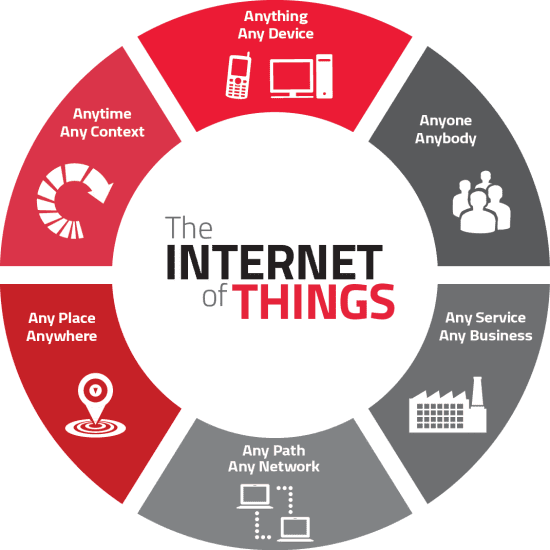We all know by now that the Internet of Things (IoT) is going to be big. How big? Well, according to no less an authority than Gartner, the number of connected “things” is set to reach 26 billion by 2020. That’s almost 30 times the number of devices connected to the IoT in 2009, and these numbers don’t even include PCs, tablets and smartphones.
FREE Ebook: The Security Industry´s Dirty Little Secret
It’s no exaggeration to talk about an explosion in the number of devices, and commentators and consumers alike are getting very excited at the prospect of fridges that can alert us when we’re out of eggs or milk, home heating systems we can control remotely with smartphones, and cars that will be as much tools for streaming entertainment and communication as they are a method of transportation.
The IoT will probably represent the biggest change to our relationship with the Internet since its inception. But amidst all the excitement and hyperbole, there’s comparatively little talk of how the IoT is going to be delivered, what it means for networks and IT departments, and how we’re going to ensure that it’s sufficiently secure.
[wp_ad_camp_3]
To investigate what this exponential growth in connected devices will mean for enterprise networks and their administrators, Infoblox commissioned an independent survey of 400 network professionals in the UK and US. We found the majority of businesses had the beginnings of an IoT infrastructure in place, with 78 percent of respondents reporting that they already had office equipment “things,” such as networked badge readers, cash registers and vending machines, on their network. Similarly, 73 percent reported having security “things,” such as surveillance systems, connected.
So far, so good. But the survey also revealed that almost two thirds of respondents (63 percent) believe the IoT to be a threat to network security. With so many new objects and IP addresses, it’s imperative that network teams are able to keep track of what’s on their network at any given point. Managers should also be aware that all these devices and IP addresses are potential weak links in an organisation’s IT infrastructure.
The fact is many IoT devices suffer from security flaws as a result of their limited capabilities. For example, the majority don’t support suitably robust mechanisms for authentication, leaving network administrators with only weak alternatives or, even worse, no alternatives at all. Because of this, it’s difficult for organisations to provide secure network access for certain IoT devices. IT teams will therefore be required to set network access policies for all the connected “things” in order to preserve network security and make the most efficient use of available network resources.
The Internet of Things represents myriad new and exciting opportunities, many of which are yet to be considered. But the IoT relies on networks, and those networks need secure underlying technologies deployed and managed by network managers and administrators. Although one third of respondents (37 percent) believe concerns over IoT security to be nothing more than hype, security threats are the most serious risk to the IoT reaching its full potential.
By Cricket Liu, Chief Infrastructure Officer, Infoblox
![]() Infoblox (NYSE:BLOX) delivers essential technology to help customers control their networks. Its patented Grid™ technology helps businesses automate complex network control functions to reduce costs and increase security and uptime. Infoblox is a global company, with operations in 25 countries. Its solutions help over 7,100 enterprises and service providers make their networks more available, secure and automated.
Infoblox (NYSE:BLOX) delivers essential technology to help customers control their networks. Its patented Grid™ technology helps businesses automate complex network control functions to reduce costs and increase security and uptime. Infoblox is a global company, with operations in 25 countries. Its solutions help over 7,100 enterprises and service providers make their networks more available, secure and automated.
The opinions expressed in this post belongs to the individual contributors and do not necessarily reflect the views of Information Security Buzz.



